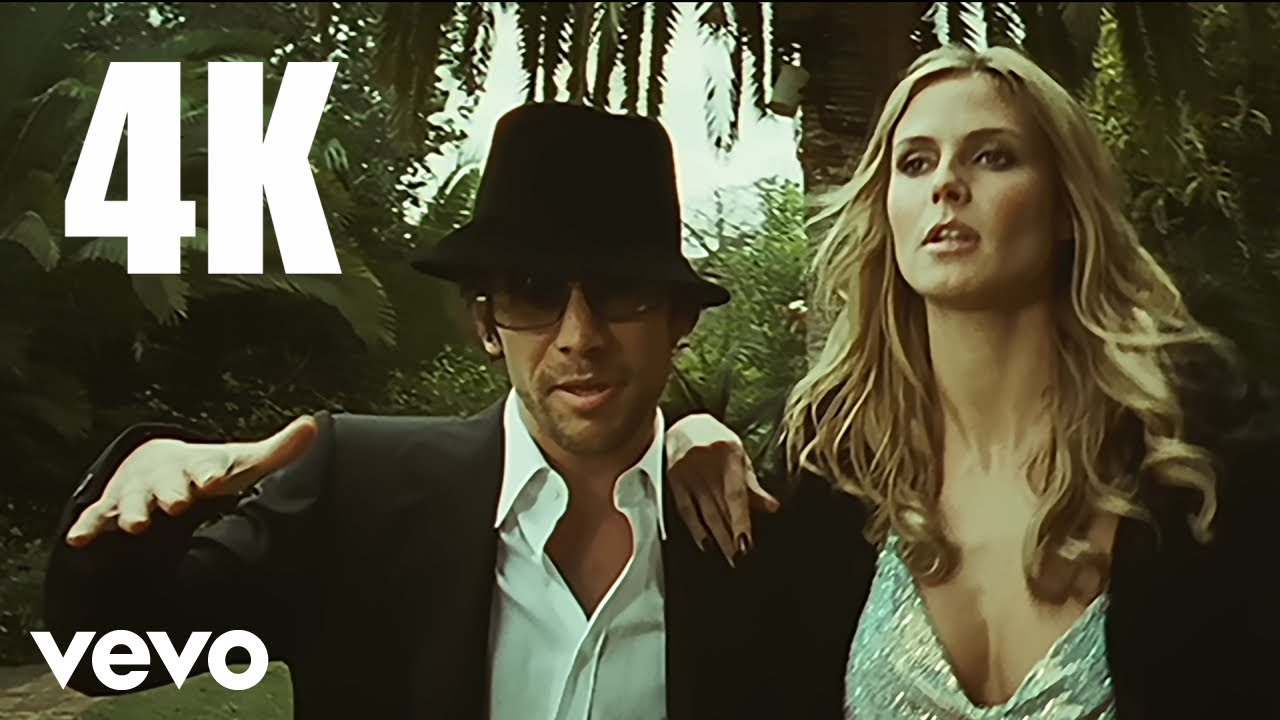Cory Wong is one of today’s leading lights of rhythm guitar, taking the Nile Rodgers school of funk and teaming it with Steely Dan voicings and George Benson melodic sensibilities to forge a sound that has won him not one, but two signature guitars with two separate companies.
When Guitar World caught up with him at NAMM 2025 to promote the second of those models, the dual-humbucker Ernie Ball StingRay II, we hit Wong with a theory: that given social media algorithms favor pyrotechnic lead playing, the art of good rhythm guitar is getting lost in the noise.
His response makes essential reading for players of all stripes.
“I totally get it on the algorithm celebrating lead guitar because it’s like, ‘Whoa, what’s that thing?! That’s cool!’ And just because we’re scrolling, we want something that’s gonna grab our attention,” he reasons. “And lead guitar, I think, inherently, does that a little bit more.
“But with rhythm guitar, it’s the majority of what most guitar players play, honestly, if they’re playing in a band. (But) I don’t think the art is lost. I think (there’s) just less emphasis on it.
“There’s so much feel and groove that can be affected by the way a rhythm guitar player plays. I think it’s just the nature of the role.”

In highlighting the differences between lead and rhythm players, Wong points to one guitarist in particular, who stands out as one of the most identifiable rhythm players in his mind.
“One of my favorite rhythm guitar players, or guitar players in general, is Rob Harris from Jamiroquai,” he says. “(With) a lot of rhythm guitar players, it’s hard to recognize them if you’re just listening to the album. (With) lead guitar players, it’s more like, ‘Oh, that’s Vai, that’s Satch.’ It’s maybe a little more obvious who somebody is.
“But with rhythm guitar, for whatever reason, I always know when it’s Rob Harris. I’ve heard him on tracks, and I look up the tracks, and I’m like, ‘Oh, that’s Rob.’ It’s the tone, it’s the touch, it’s the feel, it’s the voicing choices.”
Besides his distinctive syncopated vamps with Jamiroquai – including stone-cold classic album A Funk Odyssey – Harris’ playing has cropped up across the spectrum of rock and pop, with credits including Kylie Minogue, Anastasia, Kanye West, Deep Purple’s Don Airey and the Lego Batman soundtrack.
The reason why Harris’ work is so identifiable is down to one thing – and it’s something all great rhythm players share: the ability to create “undeniable hooks”, says Wong.

“A lot of people, when they play rhythm guitar, they’re just, ‘Oh, the chords are this,’ and then they just play the chords. It’s like, ‘Those are the chords to the song. Now, let’s come up with parts that are this song.’
“I’ll listen to people playing, like you’re just playing a chord progression. It doesn’t sound like you’re doing anything iconic for your band… this tune needs something signature to it.
“I think a lot of times people don’t love playing rhythm guitars (because) they see it as just playing chords or playing a chord progression. I think they limit the level of creativity that they’re able to unlock if they were just like, ‘Yeah, these are the chords, but I’m going to come up with a hook or an interesting line in the rhythm realm,’ but really it’s kind of a hook.”
Wong points to session legends Paul Jackson Jr and David Williams – both famed for their work with Michael Jackson – as examples of players who were masters of creating rhythm guitar hooks, and making their parts pop as much as lead solos.
You can watch the full interview above, in which Wong dishes on working with Ernie Ball Music Man alongside Fender, why great lead players can overshadow their rhythm playing, as well as how he ended up selling his signature gear on his merch stand on tour.
For more info on the StingRay II, head to Ernie Ball Music Man.
GIPHY App Key not set. Please check settings